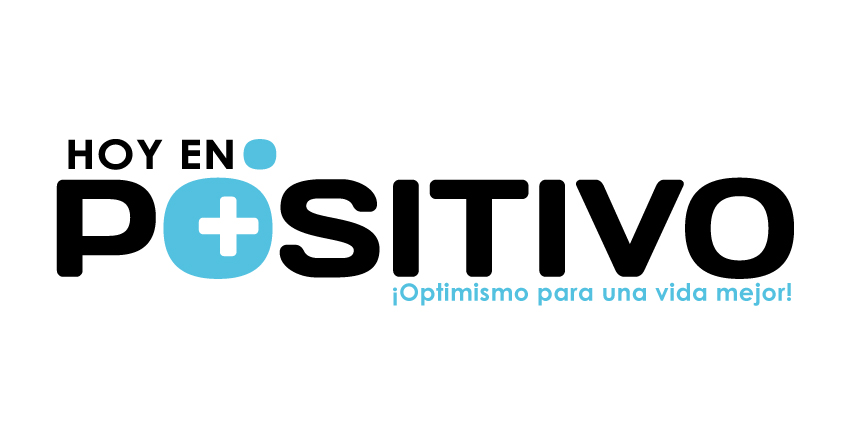Source: Forbes.com
Michael Hickins,
ORACLE

Public conversations, however, are only one portion of what consumers are saying. Conversations are occurring in more private settings, such as user forums, as well as on calls and chats with customer service reps. Still more consumer data is coming from user surveys.
It’s important for companies to keep tabs on all those conversations, as consumers’ expectations continue to rise. “In today’s competitive digital landscape, you’re compared to the most responsive companies on the web, not just your natural competitor,” said Meg Bear, group vice president, Oracle Cloud Social Platform.
Oracle will make it easier for enterprises to see and analyze all that data as part of one stream, in a single dashboard, Bear said during an interview at Oracle’s Redwood Shores, Calif., headquarters.
The data from social networks isn’t separate—and shouldn’t be viewed as separate—from conversations captured in call or chat logs. All of those “are just examples of data feeds,” she said.
Better Identify Influencers
Oracle and Twitter have expanded their relationship to help businesses better understand what conversations are occurring about their brands, Twitter announced on Aug. 6.
The new data service will not only identify conversations about customers and brands, but also provide analysis of the sentiment and momentum of those conversations.
In the Oracle Social Relationship Management Cloud Service dashboard, organizations can gain insights using themes, terms, customer metrics, and more.
Public conversations, however, are only one portion of what consumers are saying. Conversations are occurring in more private settings, such as user forums, as well as on calls and chats with customer service reps. Still more consumer data is coming from user surveys.
It’s important for companies to keep tabs on all those conversations, as consumers’ expectations continue to rise. “In today’s competitive digital landscape, you’re compared to the most responsive companies on the web, not just your natural competitor,” said Meg Bear, group vice president, Oracle Cloud Social Platform.
Oracle will make it easier for enterprises to see and analyze all that data as part of one stream, in a single dashboard, Bear said during an interview at Oracle’s Redwood Shores, Calif., headquarters.
The data from social networks isn’t separate—and shouldn’t be viewed as separate—from conversations captured in call or chat logs. All of those “are just examples of data feeds,” she said.
Better Identify Influencers
The new technology is an option that captures Twitter impressions and aggregated engagement metrics, coupled with Oracle Social Listening and Engagement’s advanced listening algorithm, allowing Oracle customers to better identify influencers, understand social impact, and prioritize service issues. It will be available to all customers later this year.
In just a short few years, business use of social media has evolved from a tentative attempt at corralling a burgeoning consumer trend to full-on use of social networks for everything from internal collaboration to recruiting and customer engagement.
On the engagement front, brand owners are acutely aware of the responsiveness of the companies they do business with.
Whereas customer service from a company like Zappos was once considered the exception, today retail consumers expect it from everyone—easy returns, exchanges, and rewards for their loyalty—regardless of the communications channel they use.
This is why social is not so much a technology issue as a key component of a unified customer strategy, Bear said. “Social is a piece of something else,” she said. “It’s a vital piece of understanding and engaging with customers, and developing a better profile of customers, to deliver more satisfying customer experiences.”
The challenge for organizations that have accumulated a variety of cloud sales, marketing, and HR applications is that, like the on-premises applications they replaced, those services are not interconnected, and the data they cull can’t be analyzed together.
It made sense for businesses to sign up for those services the way they did—they needed the go-to-market speed those cloud services provided—but today “customers have lost the value of those services working together,” Bear said.
That’s where Oracle’s integrated Customer Experience Cloud services can shine. “The platform always wins,” she said.



No hay comentarios:
Publicar un comentario
Te agradezco tus comentarios. Te esperamos de vuelta.